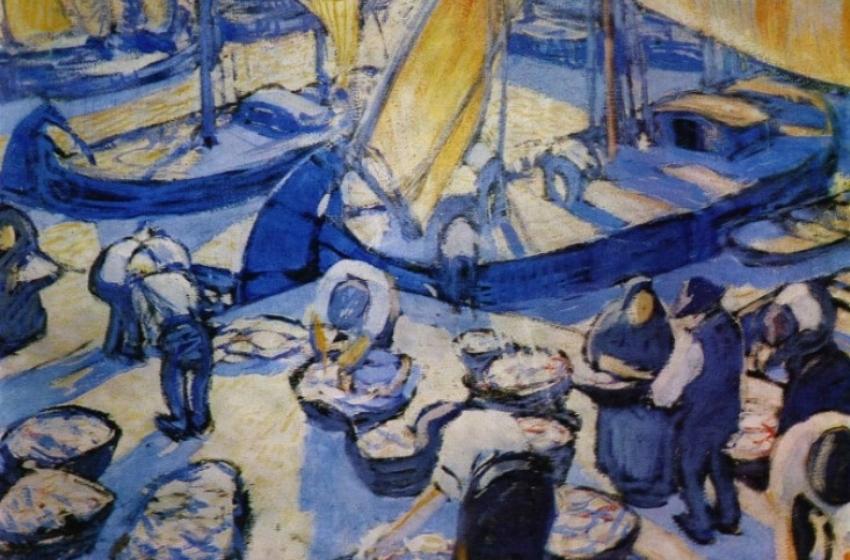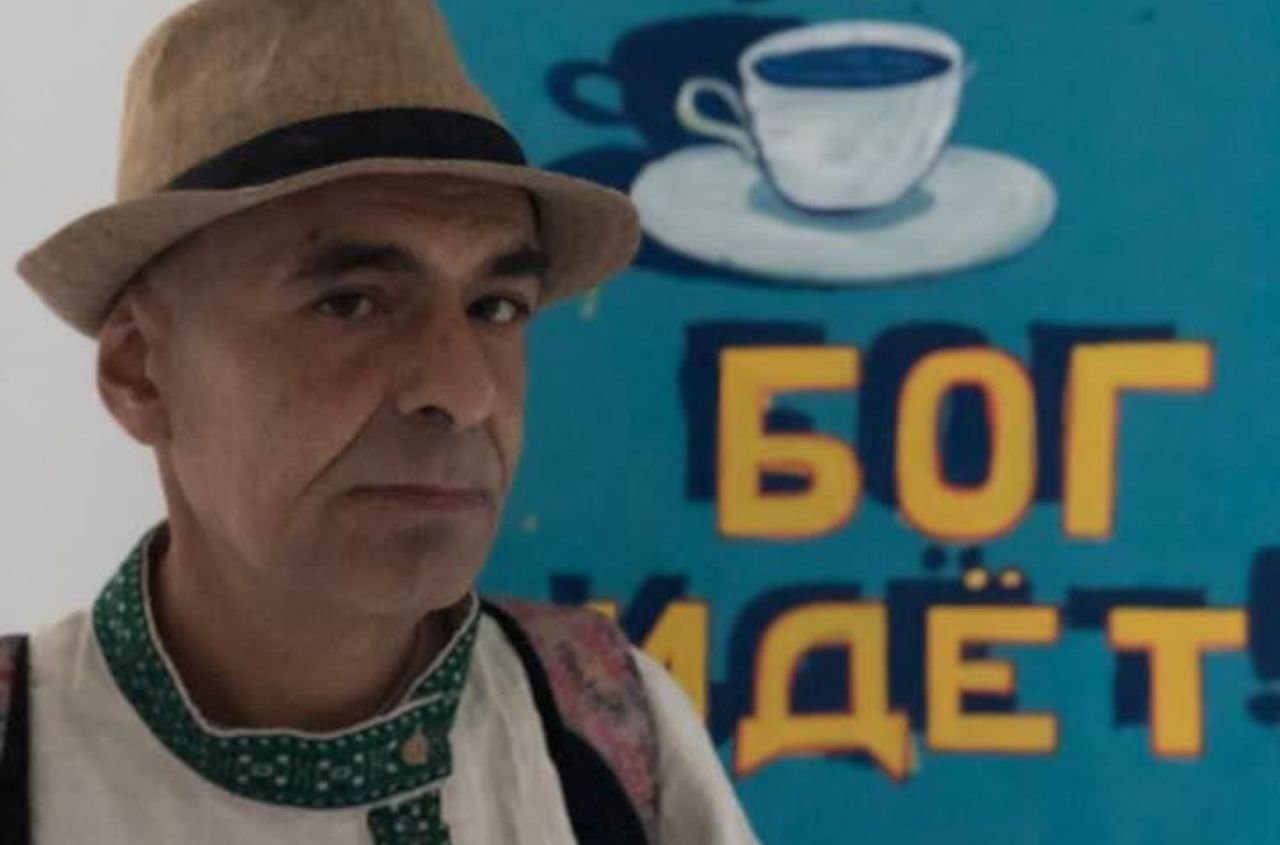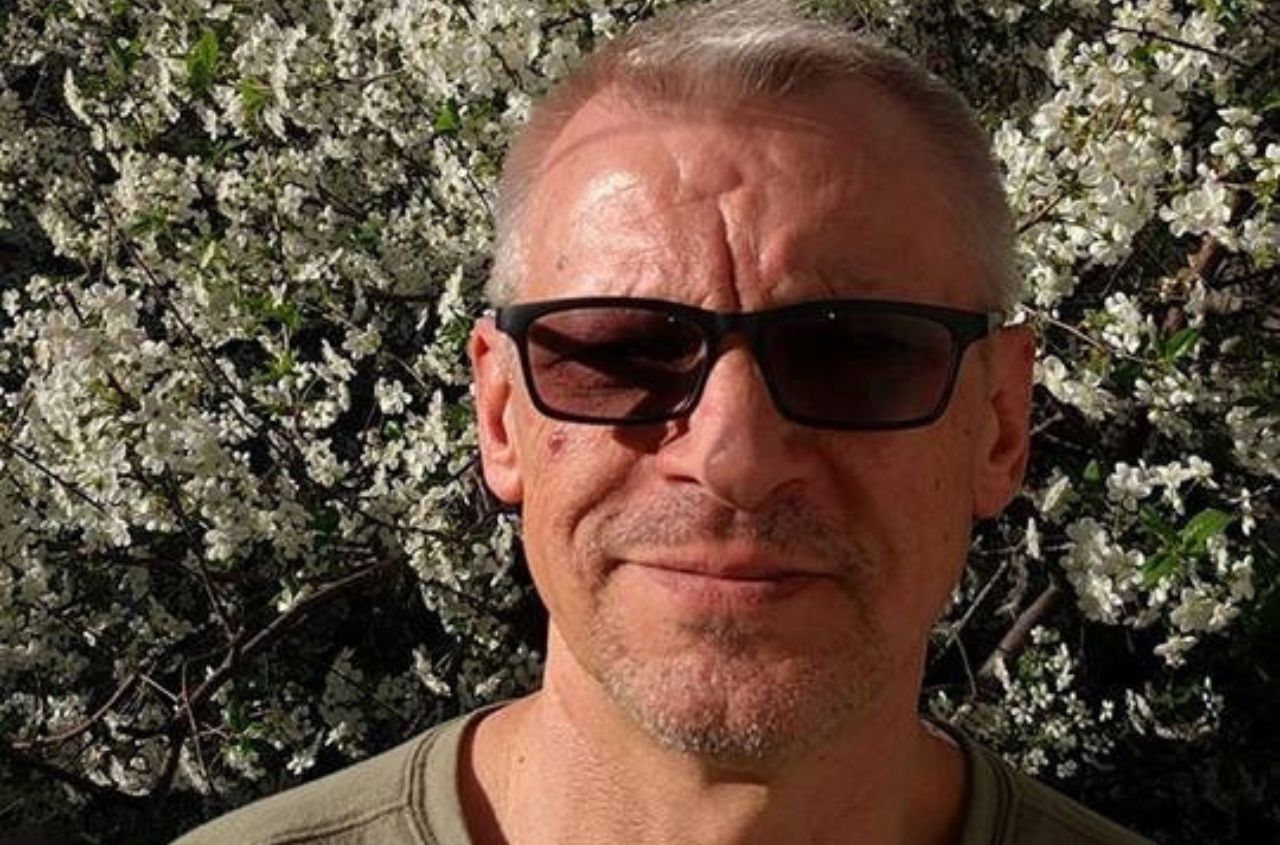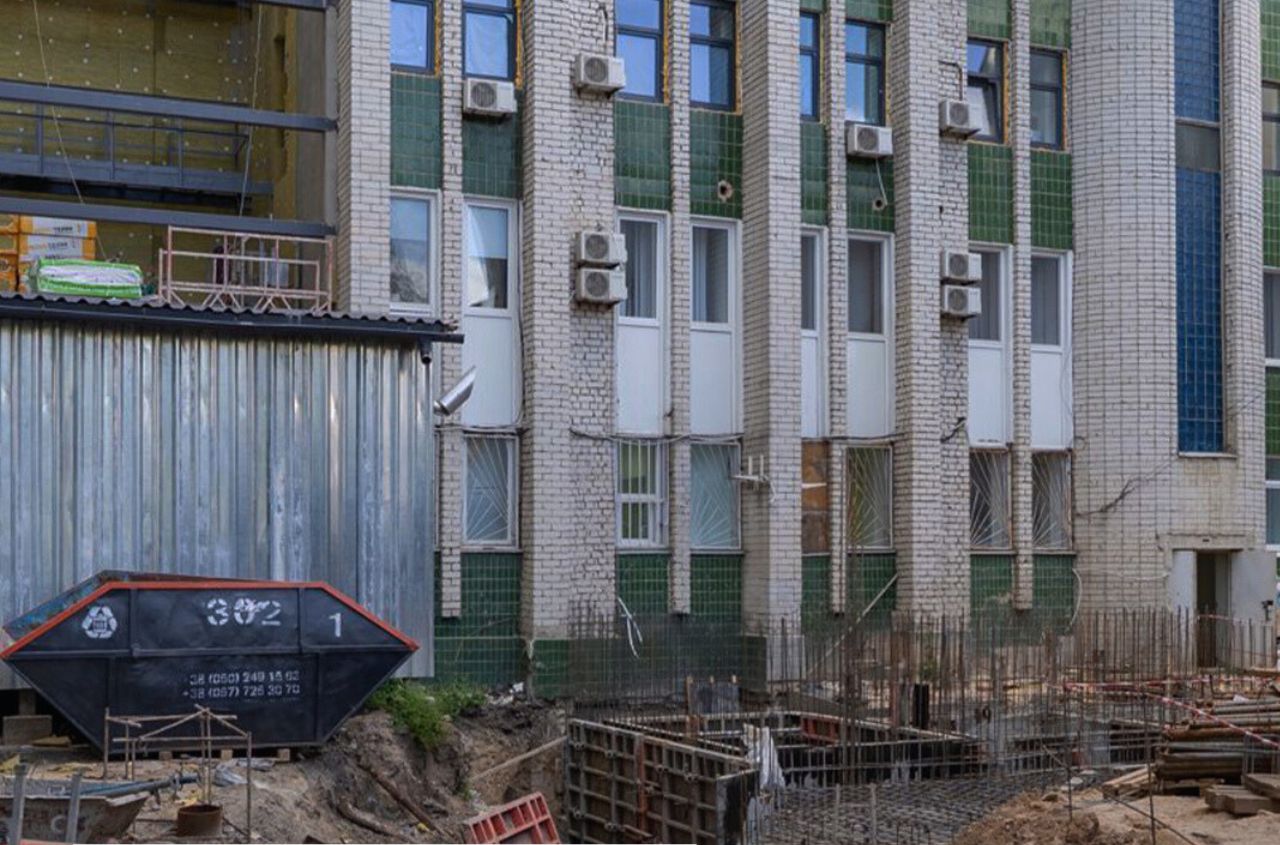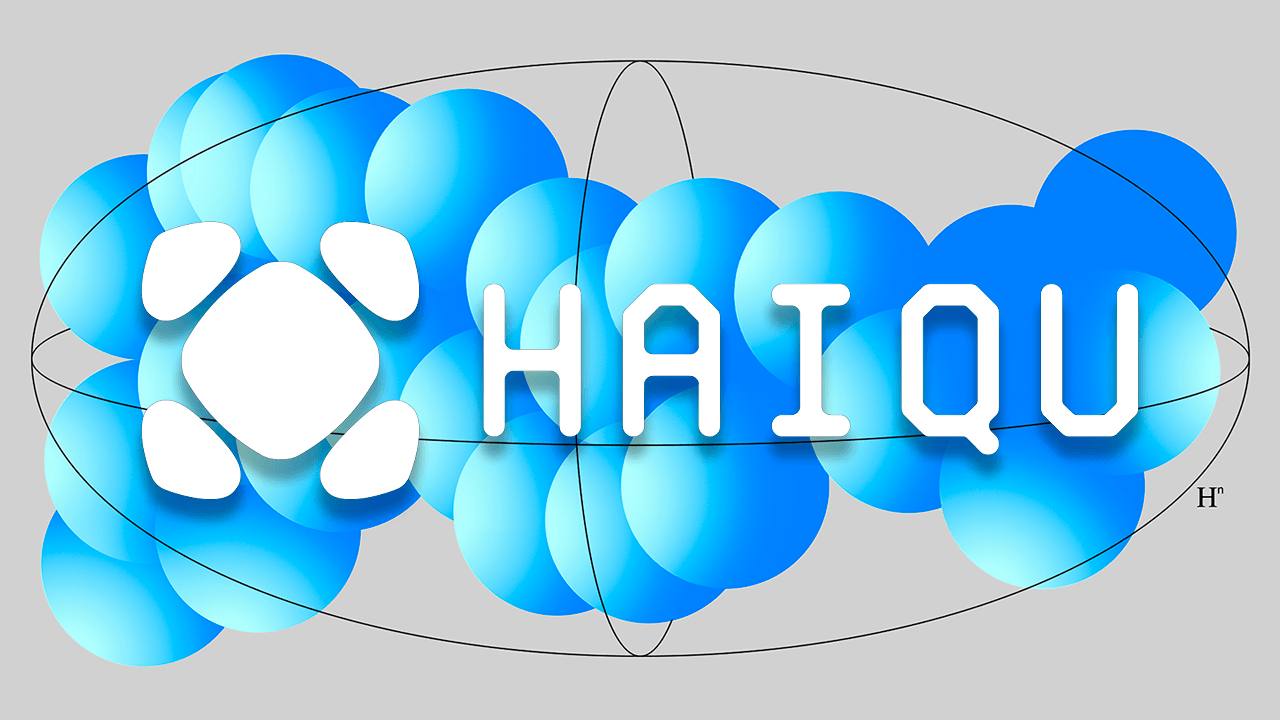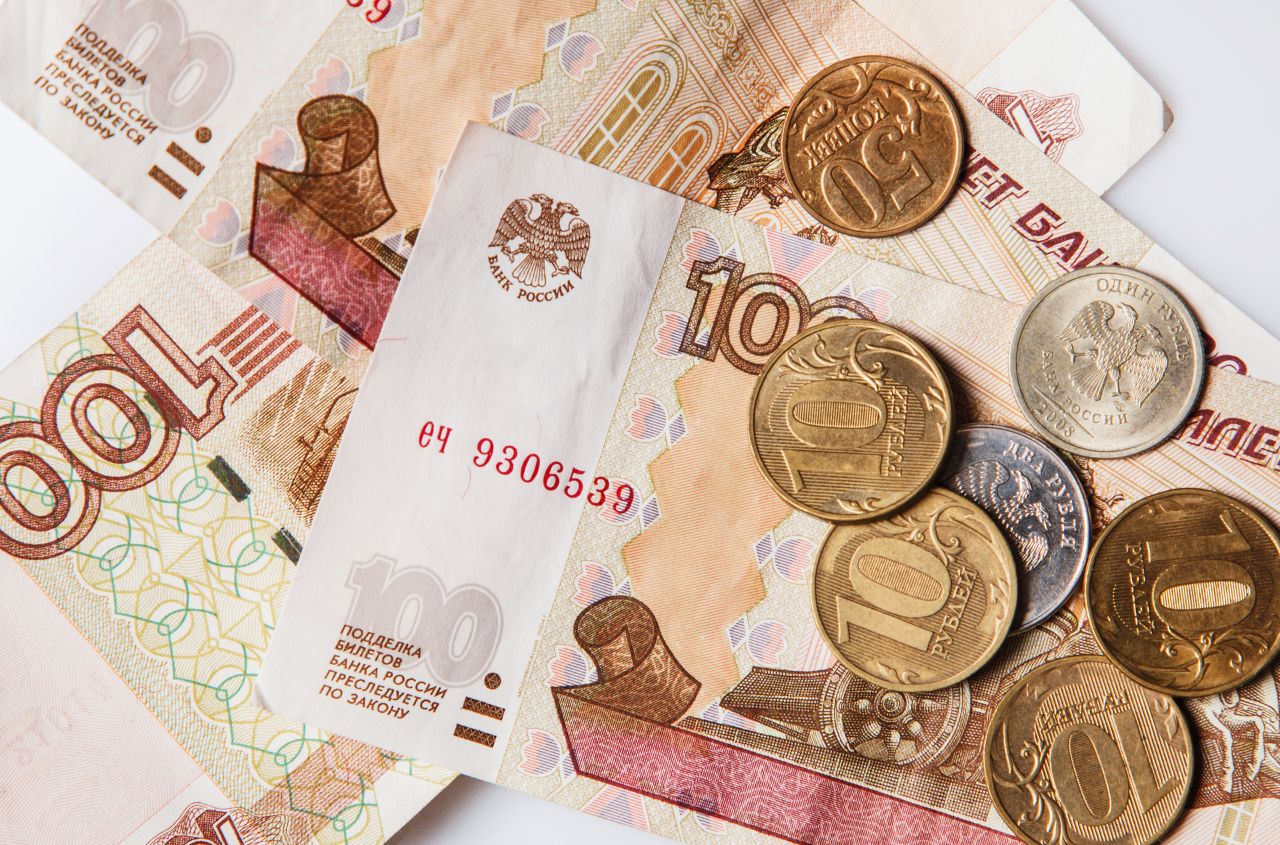Mikhail Latri was a painter, ceramic artist, representative of the Cimmerian school of painting. A man with an interesting international art life.
Cover photo: Mikhail Latri. Unloading fish (detail)
Mikhail Latri was born on October 19 (31st, according to the old calendar) in Odessa, in the family of the eldest daughter of Ivan Konstantinovich Aivazovsky Elena and her husband Pelopid Latri, city ​​hospital doctor.
In 1878 the Latri family moved to Feodosia. The early years of Mikhail Latri were spent in the house of his famous grandfather, who became the first teacher of drawing and painting for the boy.
The atmosphere of art reigned in the Aivazovsky house. Aivazovsky had three grandchildren: Mikhail Latri, A.E. Ganzen and Konstantin Artseulov. All of them, although not to the same extent, were gifted people.

In front of the eyes of the boy Latri, a miracle of art was born: the canvas, fixed on an easel, turned into an emerald sea and blue sky; then a golden sun rose, and its rays shone on the crests of the waves, and a dark speck, to which grandfather touched with his brush several times, turned into a ship with masts and sails. The boy's fate was decided: painting became his dream. He also took up the brush.
"He saw the sea from childhood, it entered his life early. As a young man, he stayed for a long time in Feodosia, watched how waves, rocks, the sky, and ships sailing into an unknown distance appeared on a white canvas under Aivazovsky's brush. He, an artist with a dreamy and romantic soul, was imperiously attracted to the sea's changeable and boundless smooth surface. Latri wrote it many times." (Nikolay Stepanovich Barsamov).
Information about the life of Mikhail Latri is scarce, fragmentary and accidental.
During his lifetime, no one wrote about him. His biography is not rich in significant events, and his work does not lend itself to accurate chronological systematization, because he almost never dated his works or even signed them.
Latri graduated from the Richelieu gymnasium in Odessa, and in 1896 he entered the St. Petersburg Academy of Arts on the advice of Aivazovsky and joined the landscape class of the famous artist Arkhip Kuindzhi. A year later, Latri decided to stop his studies and went to travel around Europe temporarily. In Munich, he studied at the art school of Hollossy and Ferry-Schmidt, masters of realistic painting. At the beginning of this century, these artists were well known in Europe as masters of the realistic method of teaching the visual arts, based on the rigorous study of nature.
In Latri's early work, we encounter a very thoughtful, in-depth study of nature. In his sketches, one does not see the desire to paint a finished picture directly from life. Often the young artist did not even have time to cover the entire surface of the canvas with paint, carried away by the image of the corner of nature he loved.


Location: Feodosia art gallery named after I. K. Aivazovsky, Feodosiya
The next year, in the spring, Latri made a long sea voyage. He visited Venice, Athens, Smyrna, Constantinople. For the summer he came to Yalta, where he painted a number of paintings. They already clearly show the hand of an established master, an experienced artist who knows how to see and embody in picturesque images the expressive features of the landscape, freed from excessive detail.
In 1899, Mikhail Latri again continued his studies at the Academy of Arts, while he was fond of painting and ceramics. Latri lived in Petersburg only during the winter months, leaving for the Crimea for the summer and autumn. He worked either in Bakhchisarai in the garden of the Khan's palace, then in Sudak on the seashore, then in Yalta and Feodosia.

Location: Feodosia art gallery named after I. K. Aivazovsky, Feodosiya
In 1902, after graduating from the Academy, Latri returned to the Crimea. He worked mainly on the seashore; he painted views of wooden piers with schooners near the berths or a sandy shore with boats and nets hung to dry. Latri often painted sketches in the vicinity of Yalta, where he lived in his mother's house as a child and where he later visited. Latri also liked to work in the mountains, from where the view of the endless expanse of the sea opened.
Latri settled in Crimea forever when his mother gave him a small plot of land in the economy of Baran-Eli, twenty-two kilometers from Feodosia. Latri had a delicate innate taste. This can be seen in the choice of subjects, which are always very simple, without any pretense of external effect or amusement, and in the integral and easily found color of even the smallest works. Whether he is painting a flowering fruit tree on a small piece of canvas or a tiled hut, an old stone fountain or a sandy shore - for each plot the artist finds a successful pictorial solution, expressive and characteristic of the Crimean nature.

Latri possessed an absolutely precise eye and a firm hand. And, which is rare, he combined these qualities with an innate sense of color and poetry of figurative thinking.
There he opened workshops for painting and for making ceramics. Ceramics was not a passing hobby. Since 1904, Latri's letters to the artist Kandaurov contain various requests related to ceramic production throughout some years: to send materials necessary for coloured irrigation to new ways of this work. After a long search and failure, Latri finally achieved the desired results and made artistic ceramics. He was so pleased that he sent three boxes of ceramics through Kandaurov to Moscow for the exhibition.

Latri prompted the idea to build a furnace and do ceramics by the presence of high-quality ceramic clays in the Old Crimea, which have been used since ancient times in the folk ceramic craft, which was widely developed here already in the Middle Ages. In the pre-revolutionary Crimea, Latri was the only artist seriously involved in artistic ceramics.
During this period, Mikhail Pelopidovich is actively involved in social activities and runs an art gallery in Feodosia, becoming a member of the Society of Art Lovers. Latri adopted a democratic order of life. Not only did he take care of the workers, he also took care of all the needs of their families. Everyone had a shared kitchen: Latri was served the same thing as the workers.
Latri was married twice, but unfortunately, he had no children.
At the beginning of 1917 Latri handed over his estate to the workers, but those, not wanting to part with him, asked him to be their "senior" and continue to run the farm as before. However, Latri decided to leave for the city, where he could devote all his time to art.
After the revolution in 1920, The eldest grandson of Aivazovsky found himself in the ranks of the first wave of the Russian emigration. In 1920 he left for Greece. In Athens, he became the head of the Royal Ceramic Factory, took part in various archaeological excavations.

Before 1941

Before 1941
In 1924, Latri decided to move to Paris due to the unstable political situation in Greece. In France, he opened a large decorative and artistic workshop, where he worked with sketches and ceramics. In his work, Russian symbolism and Art Deco began to intertwine with eclecticism - a synthesis of modernism and neoclassicism with elements of cubism and futurism. According to his sketches, vases, sets, panels, lacquer screens were made.
In 1935, Latry organised an exhibition of his graphic works and watercolours in Reims (Champagne).

Mikhail Latri died on February 11, 1942 in Paris, buried in the Russian cemetery of Sainte-Genevieve de Bois.
The works of Mikhail Latri are in many museum collections, among them - the State Tretyakov Gallery, the State Russian Museum, the Louvre, the Feodosia Art Gallery named after I.K. Aivazovsky has the most complete collection (702 works, of which 464 are paintings, 188 are graphics, 50 are ceramics).









